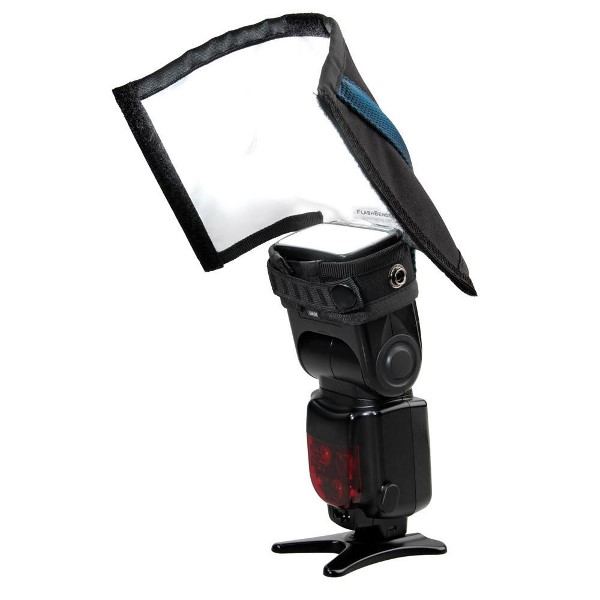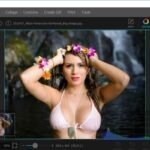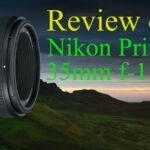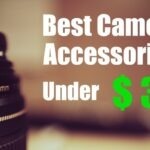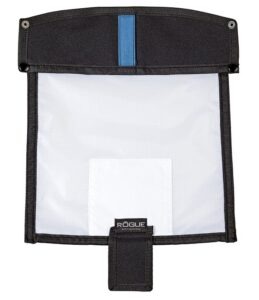
This article is a review of 2 Rogue FlashBenders. I will compare the Large Rogue FlashBender and Small Rouge FlashBender.
The large flash bender also has the Large Diffuser Panel which I will include in my testing.
I will add details on where I bought them at the end of this article and the cost (which may be different then today’s prices).
Interestingly, I bought them both at more than 1/2 off their regular prices so deals are out there if you’re looking for them.
Bouncing Light
I know a lot of photographers have different ways to modify their flash and the most common is to bounce the light off a light colored wall or ceiling.
Personally, I love bouncing off walls (but hate using ceilings) but I am finding it harder and harder to find the right kind of walls to bounce off.
Either they are the wrong color, too far away, or not at the right angle to my subject.
The Flash Bender fixes this problem by providing a small reflective white surface that will attach to your speedlite.
It can provide slightly softer light then using direct flash. I have found the most useful place to use it is outside where there is little ability to bounce the light.
Lets be honest. A little flash reflector will not replace or produce the same results as using a larger light source (like a wall or large softbox) so do not compare the two or you will be disappointed.
What we are comparing is the difference between a direct flash vs a small bounced flash.
As a kicker, we can also compare it to using flash diffuser because they produce very similar results as direct flash.
Testing Conditions
I will provide examples of each type of picture and you can decide for yourself. The good thing about comparing photo’s is your opinion and style will come into affect when judging the results.
For example, we might have different winners because I might be looking for harder light and you softer.
A lot of other websites compare the technical details of the modifier by using formulas and test reports.
Providing photo’s gives you the chance to decide instead of taking my opinion or trying to understand the testing reports and applying them to your personal preference.
All photo’s are taken with the same details. The Camera is set to manual mode, speed: 125, 5.6, and 400 ISO.
The flash (Neewer VK750ii) is in i-TTL mode and the camera is a Nikon D3200.
The off camera is being triggered with a Yonguo YN-622n-TX and YN-622n on a standard flash stand about 3 ft away from the subject and on a 45 degree angle from the camera’s right.
The studio has black ceilings and coffee color walls.
The background is white (camera WB setting off). The camera is set to flash WB. This is considered a good standard for simple portraits. I will be using my trusty mannequin as my subject. She creates pretty boring photo’s bur consistent results.
Direct Flash
The first picture is a direct flash 45 degrees to the camera right and slightly elevated. Notice the harder shadows on the face and neck. This is typical for a harder light produced by a unmodified flash.
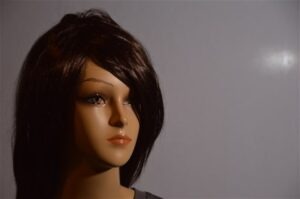
Large Rouge Flash Bender
This picture is using the Large Rogue and the light is just being bounced off the reflector. Notice the shadows again and how they appear softer or lighter then in the direct flash mode. The second photo is using the same large Rogue but with the added “softbox” diffuser panel.
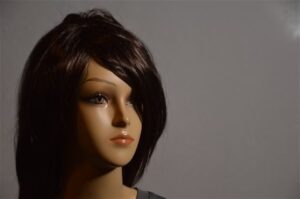
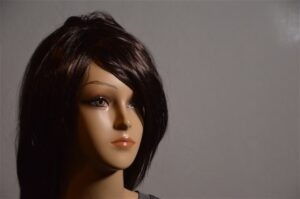
Small Rogue Flash Bender
To compare the large and small Rogue bounce affects, this next picture is using the small Rogue diffuser.
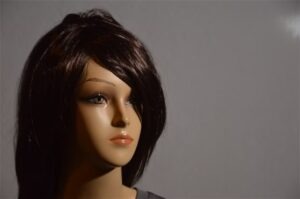
The pictures are very similar. There are differences which may not be clear in these lower resolution images.
In my opinion, not enough of a difference to change the light properties.
Soft light required a large reflective source and that is still best accomplished by using large white walls and other modifiers that will spread the light over a much larger source.
Small Rogue Flash Bender as Snoot and Flag
To show where I think the Rogue really is nice, I have added a few pictures using the small Rogue as a flag and a snoot.
This is adding interest to the image but needs to be used carefully.
Some people will not look good in this type of light.
Great for a hair light or focusing the light on an object or background (or avoiding light on a background).
The second image is being used as a flag directing the light on the subject but not on the background. The use of a flag is critical for black or dark backgrounds and is harder to see using the white.
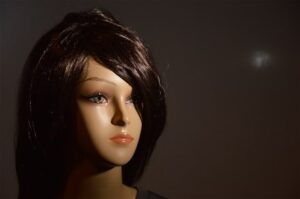
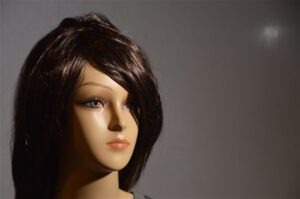
Rogue FlashBender Review
Overall, I am really happy with the Rogue FlashBenders but maybe not so much as a way to make the light softer.
If I had a choice of using direct flash or the Rogue, I would use the Rogue every time but it really shines for its ability to add interest with my flash either as a flag or snoot.
For indoor or studio shoots, I will continue to bounce off walls or use larger softboxes or umbrellas.
When outside or needing a portable solution, the Rogue fits the bill nicely.
What is your opinion on this one? I know the Rogue is a very popular light modifier and your results and experience may be different.
If so, let me know in the comments section below and I can retake my sample photo’s under different conditions and share the results.
Also, don’t just take my word, visit Amazon and read the reviews of all the people who have bought them over the years and see what they think too.

